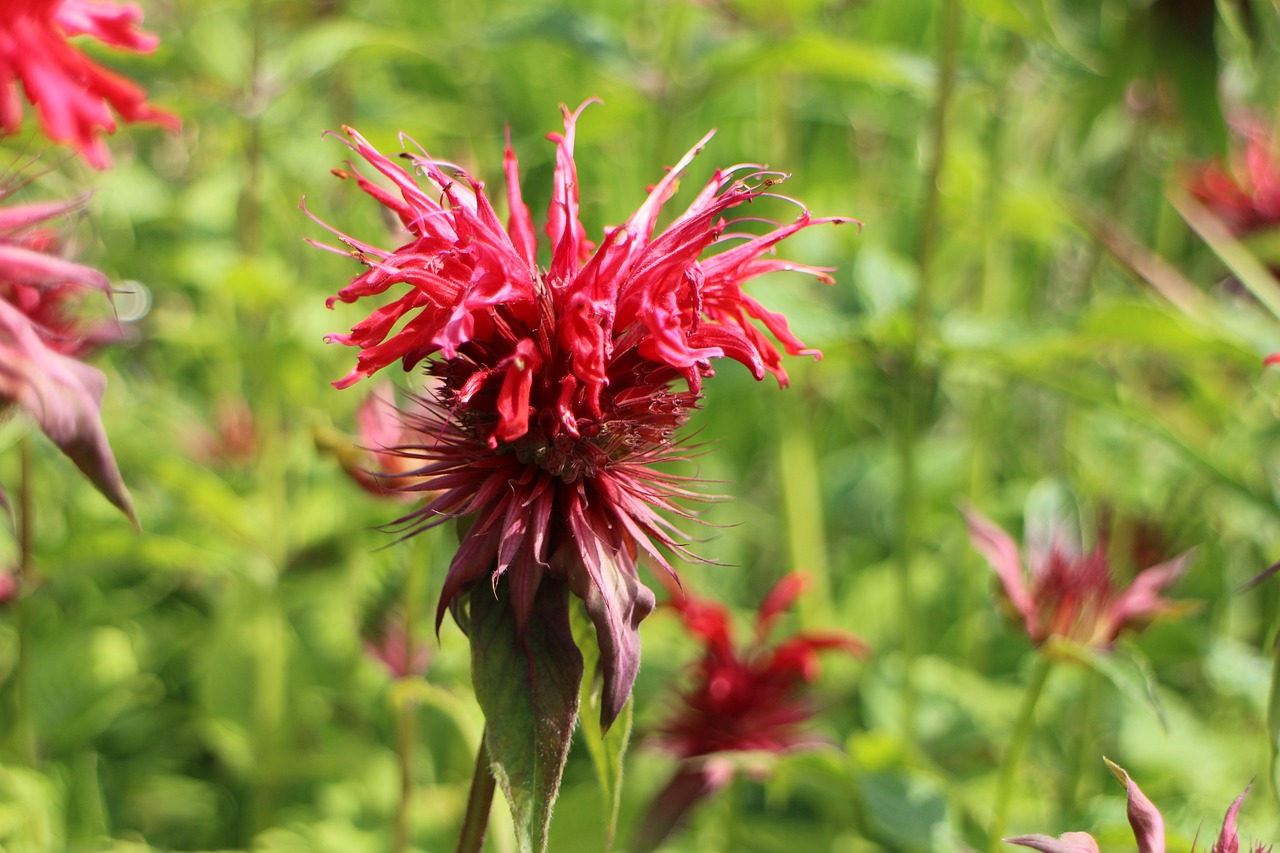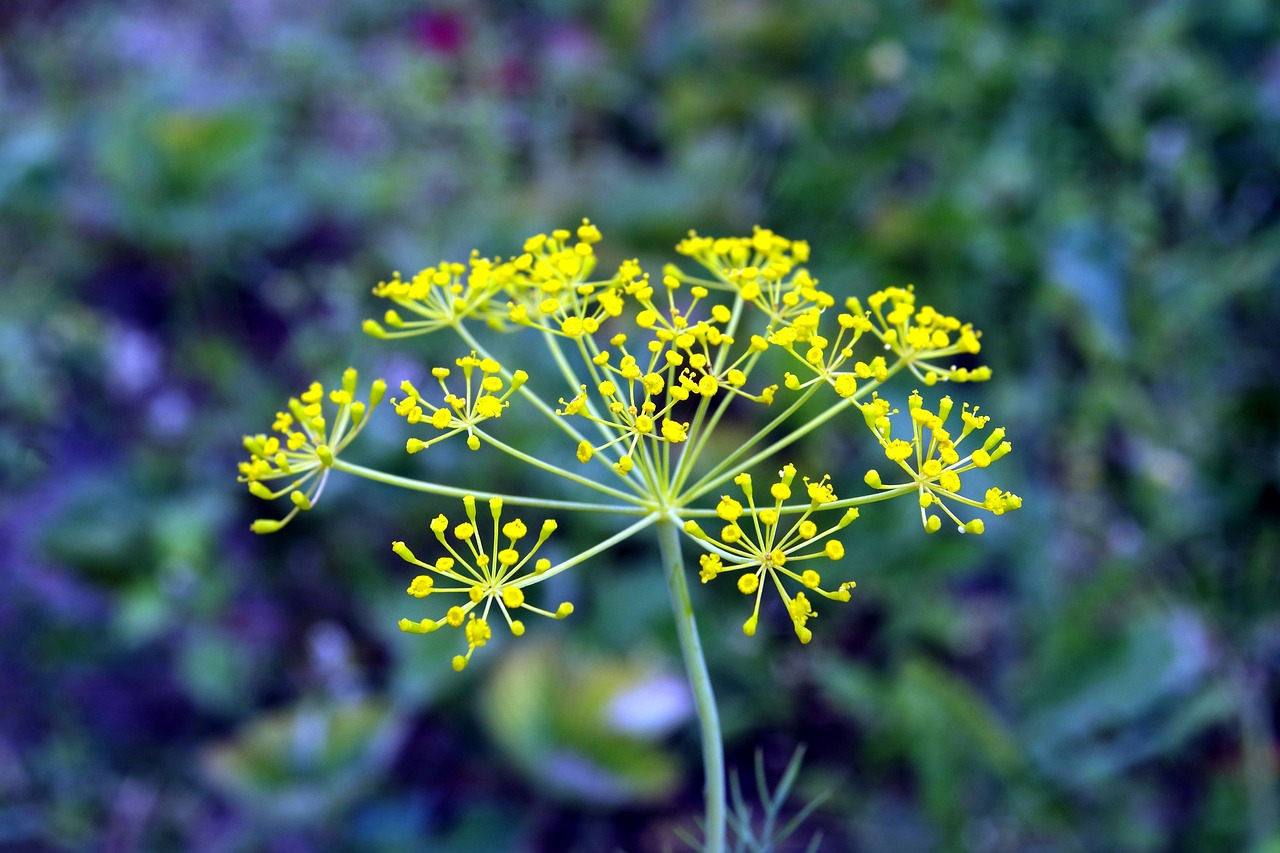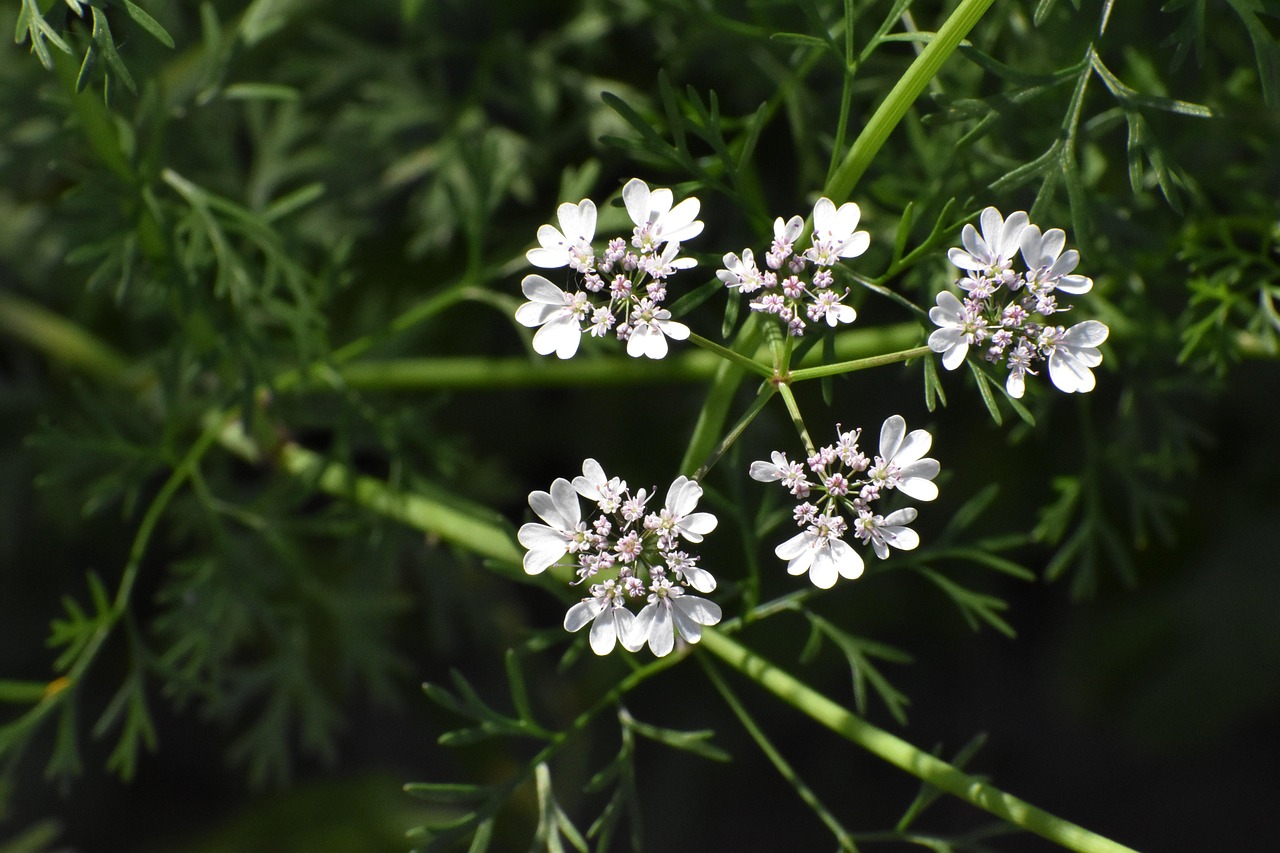Lavender | The Calming Purple of Provence in the Breeze
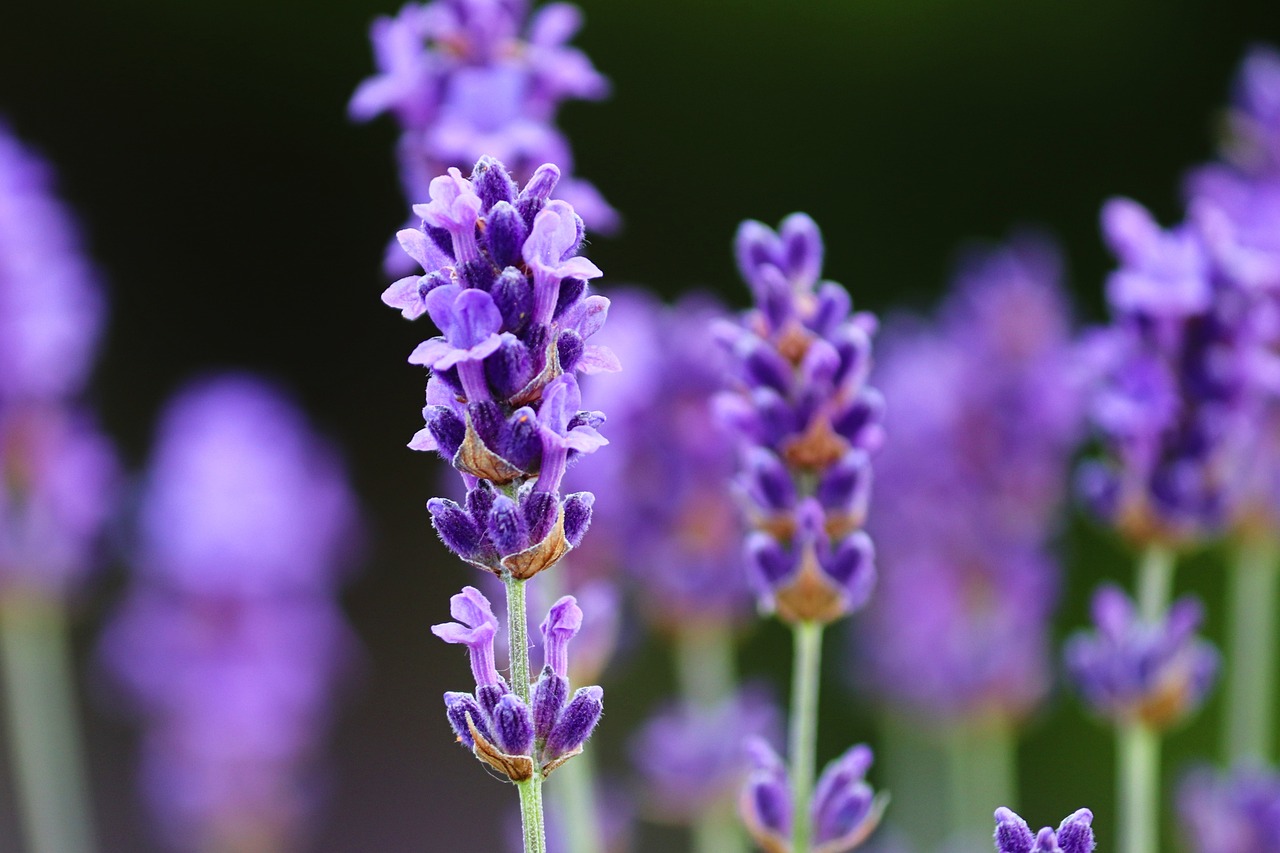
Lavender is widely known for its beautiful purple color and soothing fragrance, and it is cherished in gardens, interior decoration, and aromatherapy.
As it is highly resistant to drought and relatively easy to cultivate, it is also popular among beginners.
In this article, I will explain in detail everything from the basic information about lavender to its cultural background and key points for cultivation.
Basic Information
- Scientific name: Lavandula
- Family: Lamiaceae
- Origin: Mediterranean region
- Appearance: Lavender produces clusters of small flowers at the tips of slender stems. While purple is the most common color, there are also varieties with white or pink blossoms. Its slender silver-gray leaves are another distinctive feature, adapted to dry climates.
- Flowering season: From early summer to summer (June to August), creating landscapes filled with fragrance and color.
Cultural Characteristics Around the World
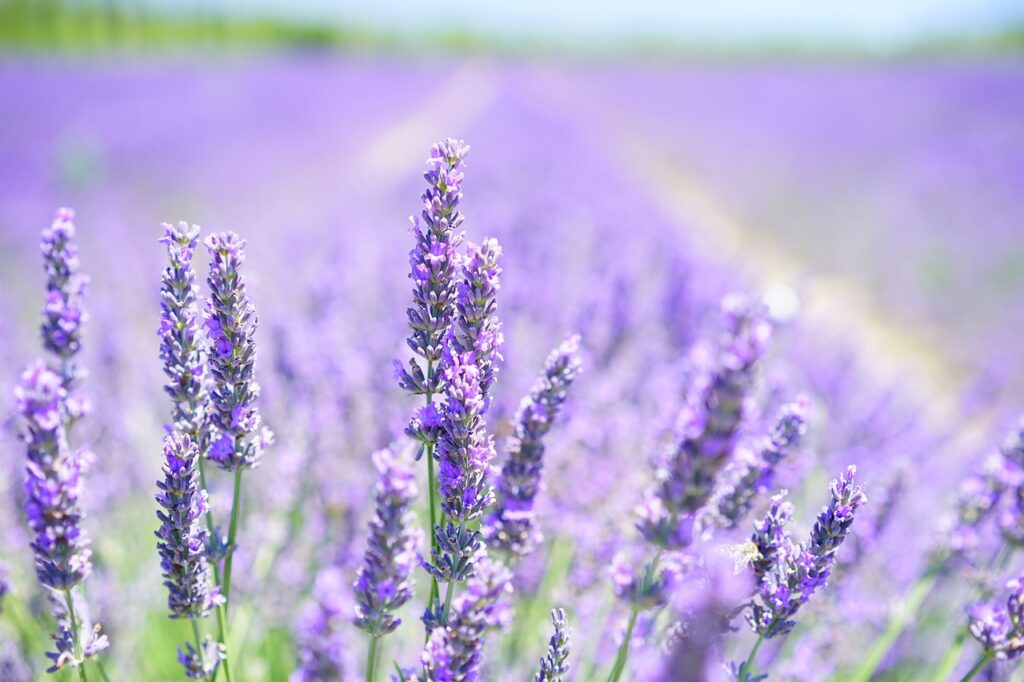
Lavender has long been cherished in various cultures, particularly in the Mediterranean region.
In southern France, the region of Provence is renowned for its lavender fields, which attract many visitors each year who come to enjoy the fragrance and stunning scenery. For the local people, lavender harvesting is a traditional summer event of great significance.
In the United Kingdom, lavender has been a garden essential since the time of Queen Elizabeth I, and it was also treasured by the royal family. Lavender bouquets were believed to purify the home, and during the Victorian era, the plant was widely cultivated domestically.
In Japan, the Furano region of Hokkaido is well known for lavender cultivation. Its lavender fields have become famous tourist destinations, where visitors can appreciate both the scent and the landscape.
Historical Episodes
The history of lavender dates back to ancient Rome. The Romans referred to lavender as Lavandula and used it in their baths to enjoy its fragrance, as well as to scent clothing.
In medieval Europe, lavender was cultivated in monastery gardens and valued in religious ceremonies and rituals.
By the 17th century, commercial cultivation flourished in England, especially in the areas surrounding London.
During the Victorian era, lavender became widely used in perfumes and cosmetics, gaining great popularity among the upper classes.
Furthermore, records show that during World War I, lavender was used for treating wounds, valued for its fragrance and antiseptic properties, and appreciated by soldiers.
Gardening Advice
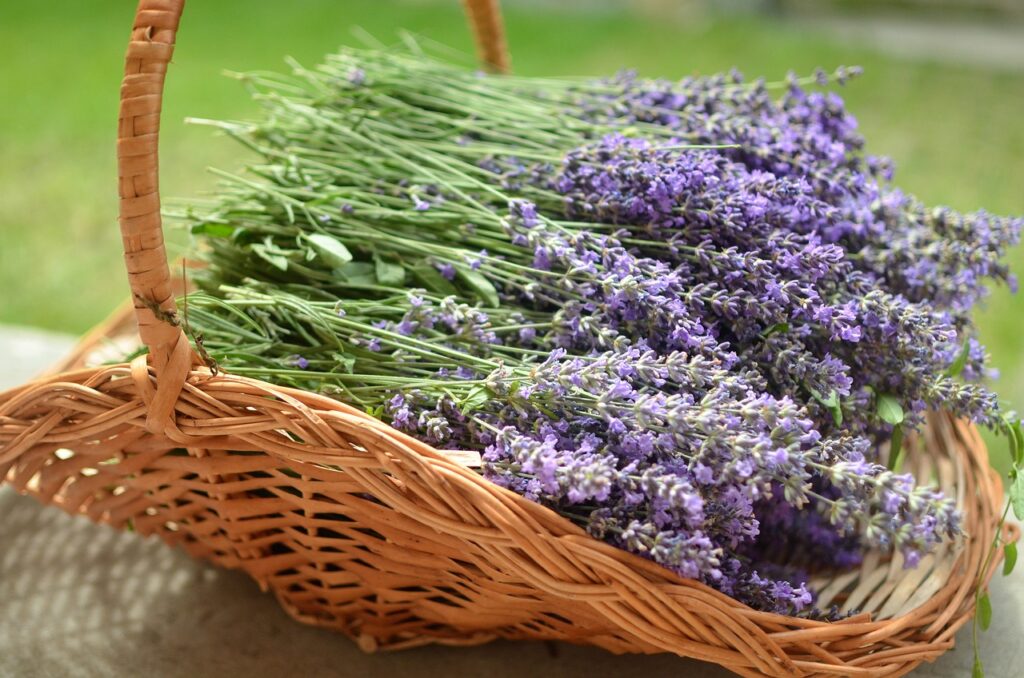
Lavender thrives in sunny, well-ventilated locations. As it is resistant to drought but vulnerable to humidity, well-drained soil is essential.
For garden planting, sandy soil is ideal. For potted cultivation, placing pumice stones at the bottom will ensure proper drainage.
Water sparingly, and only once the soil has completely dried. Overwatering should be avoided, as it may cause root rot.
Because lavender does not require highly fertile soil, minimal fertilization is sufficient, with top-dressing once or twice a year.
Pruning should be done after flowering, which promotes growth for the following season. It is important to prune the younger parts of the plant to prevent excessive woody growth.
In colder climates, winter protection against frost is necessary for overwintering.
Conclusion
Lavender is a flower beloved for its elegant purple blossoms and soothing fragrance. Adapted to the Mediterranean climate, it thrives in sunny and dry conditions but requires caution against excessive humidity.
I encourage you to cultivate lavender and enjoy its graceful fragrance and beautiful flowers, creating a relaxing and pleasant space in your home or garden.

